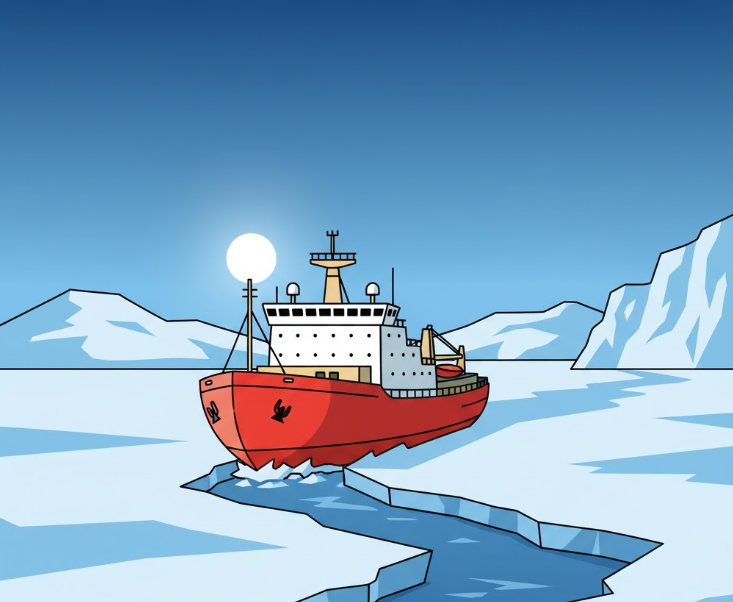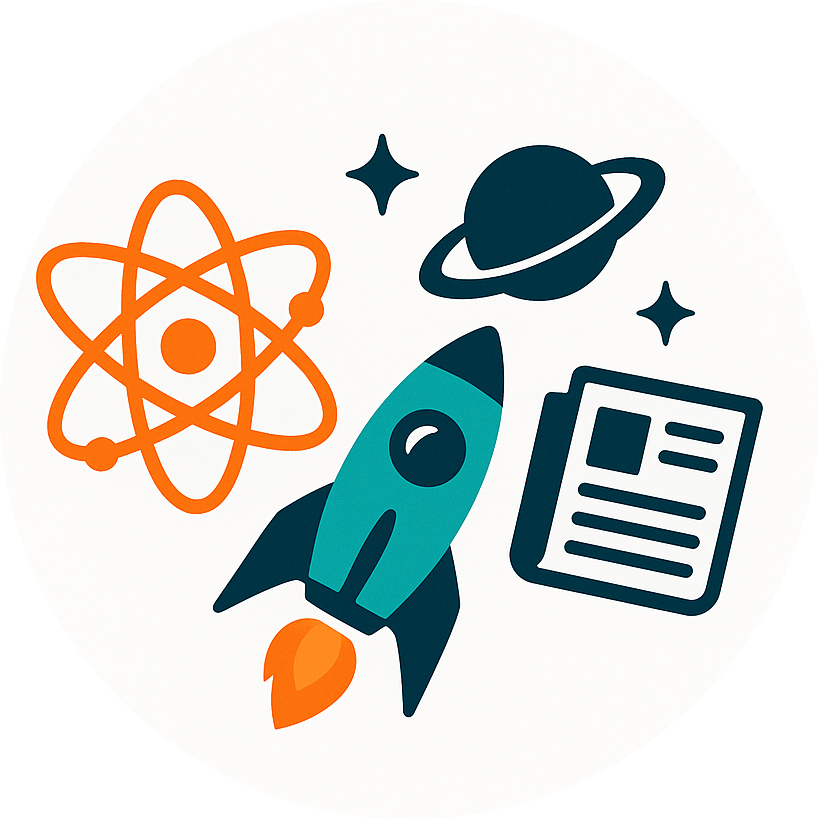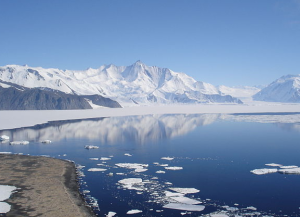
How AI Could Sharpen Sea Ice Forecasts
Every summer, satellites watch the Arctic Ocean turn from white to blue a little faster. Between 1979 and 2020, the region lost roughly 13% of its summer ice each decade—a shift so dramatic that scientists warn of ice-free Arctic summers by 2050. Forecasting exactly how and when that happens, though, has always been tricky.
A new study from South Korean researchers just offered a leap forward—and they call their system Unicorn. It’s not mythical; it’s mathematical. Built from deep learning architecture originally designed for medical imaging, Unicorn learns the Arctic’s changing patterns and predicts the thickness and reach of sea ice up to four weeks ahead—12% more accurately than any existing model.
But here’s where it gets fascinating: Unicorn doesn’t just see snapshots. It feels the motion of melting ice, learning how pixels flow and shift like tides under climate change.
From Pixels to Predictions
For decades, scientists forecasted ice using physics-based models—massive computer programs that simulate winds, ocean currents, and heat flows. They work, but they’re slow and costly, like solving a global puzzle one piece at a time.
Then came statistical models, which learn from past data rather than physical laws. These were faster but struggled to keep up with a changing climate. Enter deep learning: algorithms that watch images evolve over time and discover patterns on their own.
Unicorn builds on a popular structure called U-Net, used in medical scans to identify tumors pixel by pixel. The team fused it with Neural Ordinary Differential Equations (NODEs)—a design that lets the model understand how things change continuously, not just frame by frame. Think of it as giving the AI a sense of time’s flow rather than a flipbook of frozen moments.
“We wanted the network to learn the motion of melting,” says lead author Jaesung Park, whose group tested Unicorn on data spanning 1998–2021.
The Three Magic Ingredients
So what makes Unicorn outshine its predecessors? The paper credits three clever design choices:
- Spatiotemporal Fusion:
Instead of treating space and time separately, Unicorn’s NODE layer blends them—capturing how ice thickness, shape, and spread evolve together. - Decomposition of Trends:
The model first separates long-term trends from short-term “noise,” allowing it to handle non-stationary data—those unpredictable swings caused by weather bursts or regional anomalies. - Ancillary Datasets:
Unicorn doesn’t rely on sea-ice maps alone. It adds information from brightness temperature (a satellite measure of emitted heat) and sea-ice age, distinguishing between fragile first-year ice and resilient multi-year ice. In tests, removing these extras reduced accuracy by nearly 5%, proving that context is king.
Together, these upgrades helped Unicorn achieve up to 18% better classification accuracy for predicting total ice extent compared with earlier state-of-the-art systems like IceNet.
A Story in Data—and in Survival
The results read like a thriller for climate modelers. During the Arctic melt season, when the ice edge retreats chaotically, most models struggle. Unicorn, however, tracked those shifting edges with unprecedented precision, identifying subtle advances and retreats that shape ecosystems, shipping routes, and weather far beyond the pole.
This matters globally. When Arctic ice shrinks, it exposes dark seawater that absorbs more sunlight, amplifying heat—a feedback loop known as Arctic amplification. Temperatures there now rise four times faster than the global average. Improved forecasts mean scientists can better predict heatwaves, fisheries shifts, and coastal risks from altered jet streams.
Imagine a research vessel in Tromsø planning a supply route, or Indigenous communities in Nunavut preparing for thinning travel ice. A four-week edge-forecast could be the difference between safety and danger.
Lessons Beyond the Arctic
Unicorn’s method has broader implications. Its fusion of NODEs with image analysis could aid monsoon forecasting, flood modeling, or even urban heat mapping. For data-poor regions in the Global South, this approach shows how scientists can merge satellite imagery with locally gathered environmental data—making AI work for resilience, not just research.
In India’s Sundarbans, for instance, rising seas are reshaping mangrove coasts. A “Unicorn-like” model could integrate tide gauges, rainfall maps, and land-use data to forecast salinity intrusion weeks ahead. The same logic applies to drought prediction in Nigeria’s Sahel or glacier retreat in the Andes.
In short: learning the rhythm of change is universal science.
Behind the Scenes: Training a Digital Forecaster
Building such a system wasn’t cheap in computation. Unicorn contains 9.8 million parameters—five times more than comparable models—and required 234 minutes per training cycle on a high-performance GPU clusters.
Yet the payoff is scale. Once trained, it can rapidly process new satellite feeds and generate forecasts with minimal extra energy cost. The authors even made their code open-source on GitHub, inviting others to adapt it for regional studies.
Still, they note two limitations:
- The model’s “black-box” nature makes its reasoning hard to interpret—a challenge for policymakers who need transparency.
- Its high computational demand may hinder use in low-resource settings unless lighter versions are built.
A New Frontier for Climate AI
Sea ice forecasting may seem niche, but it sits at the heart of global climate prediction. By marrying physics awareness with data-driven adaptability, Unicorn hints at the next phase of environmental modeling—one where neural networks learn not just from data but from the laws of motion themselves.
As deep learning continues to evolve, we might soon see hybrid models that predict forest fires, crop yields, or disease outbreaks with similar precision. Unicorn reminds us that AI isn’t magic—it’s a new lens for watching the planet breathe.
💬 Let’s Explore Together
- Could a “Unicorn” model improve flood or drought forecasts in your region?
- How can researchers in data-limited settings adapt these AI tools?
- If you could teach an algorithm to predict any natural system, what would it learn first?



